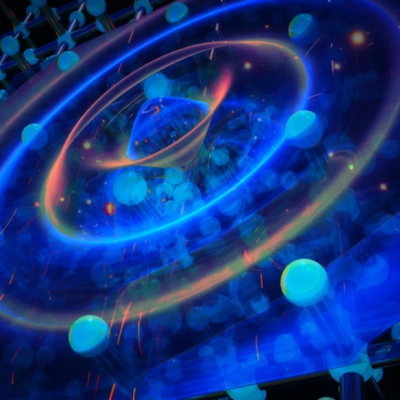Physicists have solved a mathematical puzzle from 1779 that was previously thought to be unsolvable, using the principles of quantum theory. The puzzle, discovered by Swiss mathematician Leonhard Euler, involved arranging 36 officers from six regiments and six different ranks in a 6×6 square so that no regiment or rank was repeated in any row or column. While the puzzle was easily solvable with fewer regiments and ranks, Euler and later mathematician Gaston Tarry believed it to be impossible with the given parameters. However, physicists from India and Poland have now used quantum theory to find a solution.
The solution involves using a quantum mixture of regiments and ranks for each officer, allowing for multiple states to exist simultaneously. The officers are arranged in the square so that the quantum states in each row and column are perpendicular to each other, preventing any repetition of regiments or ranks. The physicists were able to demonstrate these entanglements using quantum theory and a computer algorithm to find the solution. Interestingly, the calculation also revealed the appearance of the Golden Ratio, a mathematical concept that is often observed in nature and is considered aesthetically pleasing.
This breakthrough in solving a previously unsolvable mathematical puzzle using quantum theory highlights the potential of this field in solving complex problems. It also demonstrates the importance of interdisciplinary collaboration between mathematicians and physicists in advancing scientific knowledge.










